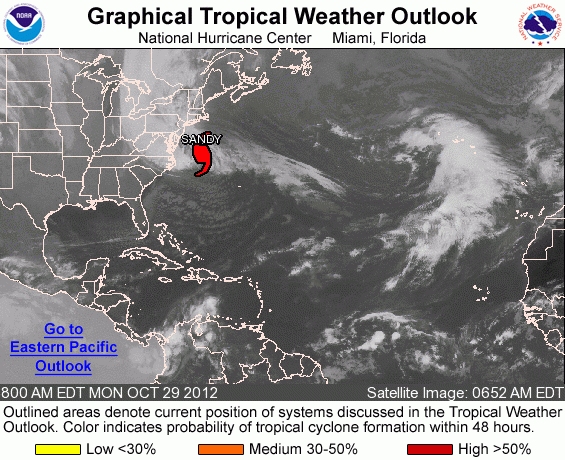-
 Aral sea
Aral sea
-
 Unknown
Unknown
-
 Totipotent cell
Totipotent cell
-
 Angiosperm
Angiosperm
-
 Food additive
Food additive
-
 ANSI
ANSI
-
 Azotaemia
Azotaemia
-
 Buddleja davidii
Buddleja davidii
-
 Conflict
Conflict
-
 Neanderthal
Neanderthal
-
 Platelet
Platelet
-
 Drainage basin
Drainage basin
-
 Triassic
Triassic
-
 Gene therapy
Gene therapy
-
 Scots pine
Scots pine
-
 Quantum number
Quantum number
-
 Total unbundling
Total unbundling
-
 Transduction
Transduction
-
 Lobed
Lobed
-
 Rhizome
Rhizome
-
 Kerr black hole
Kerr black hole
-
 Router
Router
-
 Marble
Marble
-
 Falconry
Falconry
-
 Vehicle occupancy rate
Vehicle occupancy rate
-
 Ornithology
Ornithology
-
 Crawlway
Crawlway
-
 Shell
Shell
-
 Proxima Centauri
Proxima Centauri
-
 Apoplexy
Apoplexy
Cyclone
The International Meteorological Dictionary (released by the World Meteorological Organisation in 1992) defines a tropical cyclone as a synoptic-scale disturbance that is not accompanied by a frontal system, forming above tropical or subtropical waters and presenting organised convective activity as well as cyclonic circulation, more intense in surface than altitude.
Under certain circumstances, when a certain number of favourable conditions occur simultaneously, cloud formations may develop and curl around a centre of rotation, which appears as a whirl, defining a "closed circulation" surface. This atmospheric disturbance composed of clouds arranged in swirling bands is called a tropical cyclone. In the middle of this whirl the atmospheric pressure drops thus creating a depression.
Why is it called a cyclone? The etymological origin of the word comes from the Greek word kuklos which means circle, round. In some regions of the world, the word typhoon is used instead, also from a Greek word: tuphôn, which means whirl.
On pictures taken by weather satellites a cyclone appears as a white patch (high clouds) that is more or less round or circular, with a border of clouds aligned in a spiral drawn to the centre of this zone. Clouds therefore seem to swirl.
If a cyclone forms 3000 or 3500 km from land (such as HUGO in 1989 or LUIS in 1995), it will take 120 or 150 hours, or 5 or 6 days, to arrive. On the other hand, if it forms 500 or 600 km away from an island (for example, MARILYN 95), residents will have no more than 18 to 24 hours to prepare for its arrival. When a cyclone develops suddenly and quickly close to land, it is often too late to warn the population.
 The Katrina Cyclone in August 2005.
The Katrina Cyclone in August 2005.
Latest
Fill out my online form.



